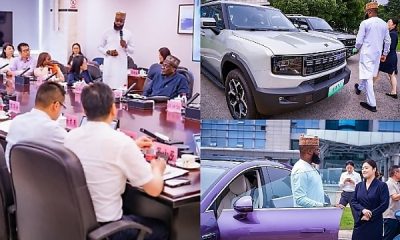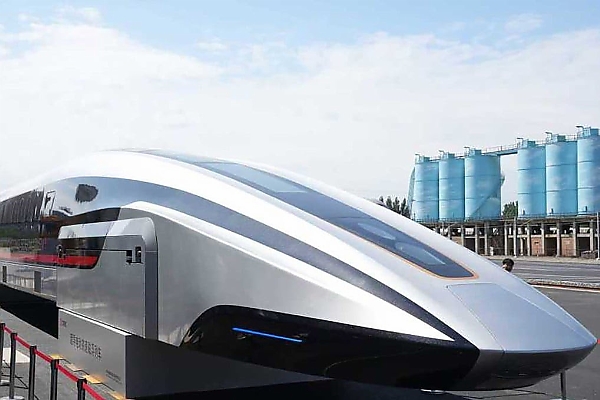News
China Unveils 600km/h Maglev Train That Could Slash Travelling Time Between Beijing-Shanghai By 2 Hours
-

 News7 days ago
News7 days agoOfficial Cars Used By Muhammadu Buhari During His Rule As Nigerian President, Military Head Of State
-

 News1 week ago
News1 week agoNASENI CEO Meets With Chairman Of Chery In China To Explore Partnerships On EVs, Local Assembly
-

 News1 week ago
News1 week agoNew Bentley Bentayga Speed Sets New ICE-powered SUV Hill Climb Record At Goodwood Festival of Speed
-

 Car Facts6 days ago
Car Facts6 days agoWhy “AMBULANCE” Is Spelled Backwards Like “ECNALUBMA” In The Front Of Emergency Vehicles
-

 News4 days ago
News4 days agoThe First In Africa : Davido Buys Customized Lamborghini Revuelto Sports Car Worth $1 Million
-

 News7 days ago
News7 days agoBank Fraud: Court Orders Final Forfeiture Of 9 Luxury Cars, ₦326.4m, $480,000 To FG
-

 News1 week ago
News1 week agoBMW Group Delivered 1,207,388 BMW, MINI And Rolls-Royce Vehicles Between January And June 2025
-

 News1 week ago
News1 week agoRimac Nevera R Electric Hypercar Smashes Koenigsegg Jesko Absolut’s 0-400-0 km/h Record

